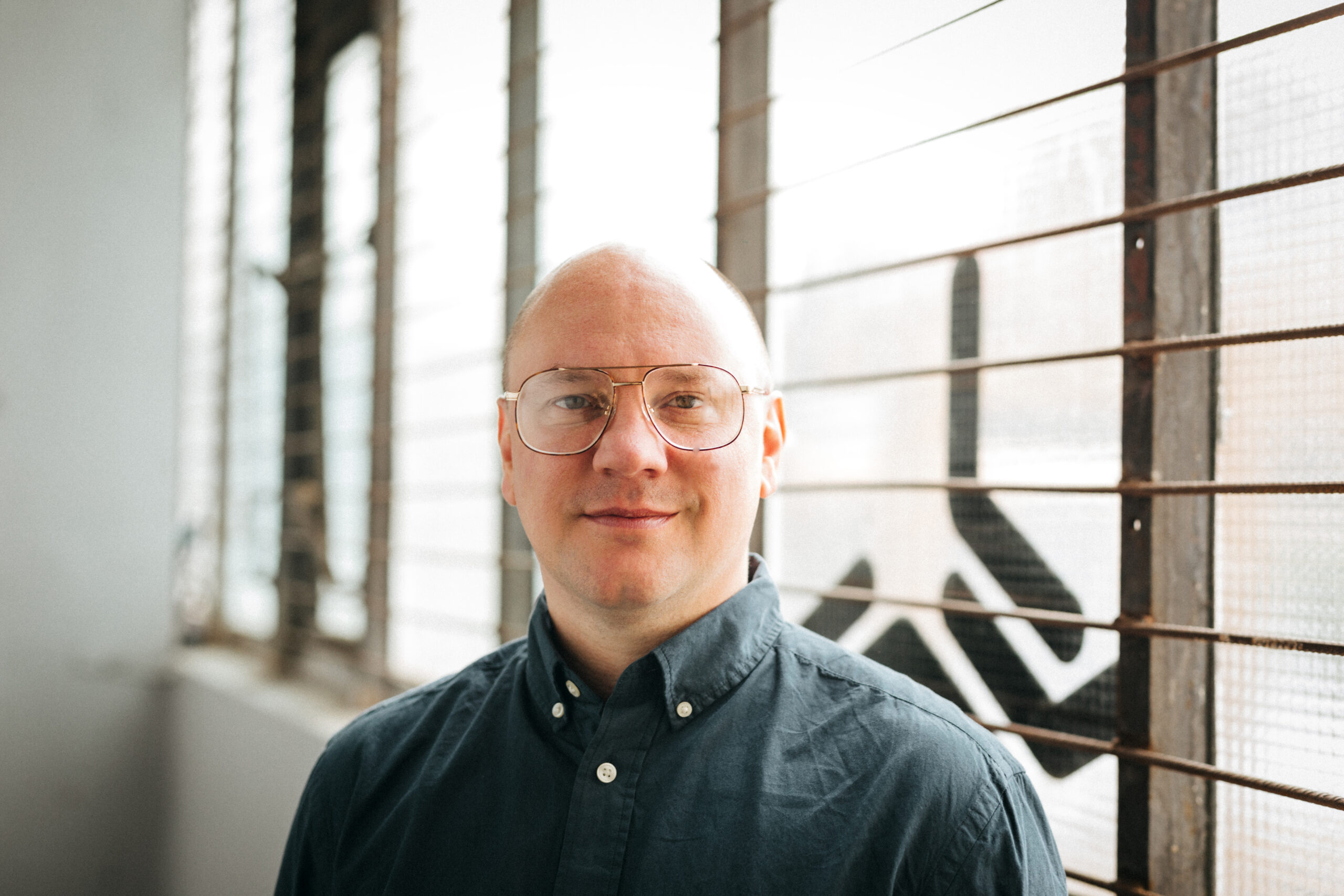Humans never truly succeeded at turning lead into gold, but we’ve managed to turn all sorts of things into alcohol. Distillation’s dual meanings—the use of heat to purify a liquid and the more metaphorical reduction of something to its essence—are in fact one and the same, and when it comes to the history of alcohol, it turns out that cocktails aren’t so far off from the quest to find eternal life.
SF-based spirits writer Camper English’s latest book, Doctors and Distillers: The Remarkable Medicinal History of Beer, Wine, Spirits, and Cocktails traces that history from the era when medicine consisted of balancing the body’s four humors to the Dutch East India Company’s rapacious imperialism.
Distillation, English says, is the grand achievement of 1,000 years of alchemy. In fact, the attempt to turn dull, heavy lead into radiant gold is a parallel process to refining an alcoholic spirit.
“It’s about perfecting each thing in its own nature,” English said at Lower Nob Hill wine bar Key Klub, a few days before he departed for Tales of the Cocktail in New Orleans. “You apply the philosopher’s stone to lead to get gold, and you apply the quintessence to a person to make them live forever.”
Attempts to isolate the soul and harness the life energy of the universe have brought us to Red Bull and vodka, it’s true. But as science advanced, the offshoots of patent medicine and other debunked ideas yielded a fascinating book that’s far more than just a collection about boozy trivia.
For instance, syphilis was quite likely brought to Europe by Columbus’ crew, soldiers for hire who rapidly spread it around the continent. Within 15 years of the so-called “discovery” of the “New World,” asylums had filled up with late-stage syphilitics, and everyone was desperate for a cure.
“What they thought was going to cure syphliis was a medicine found in the same place the disease was from. They had to have a New Workd medicine,” English said. “Guaiacum, which is a tree I don’t think is used for anything anymore, along with sassafras and sarsparilla, were thought to be the cure for syphilis.”
Those latter two botanicals continued to pop up in the following centuries, hawked as cure-alls for this and that, even as the bottled cure became the foundation for modern root beer.
But it was Europeans’ encounters with malaria, an even deadlier scourge than syphilis, that really powered the fusion of medicine and modern cocktail culture. Quinine, which kills the parasite that causes malaria, was derived from the cinchona tree found in Peru and Bolivia. Jesuit missionaries exported it back to Rome, and from there, it fueled the drive to convert, exploit and enslave indigenous peoples of the tropics, whose territory had been so remote and inhospitable that expeditions lost huge numbers of men before even getting there.
Cinchona, then, became a mechanism furthering 19th-century colonialist exploits, with all the strife and butchery it entailed. It is the history of malaria that formed the nucleus of Doctors and Distillers, led by gin-drinking Brits stationed in India who sought a palatable quinine-delivery system.
“I tried to find the creation date for the gin-and-tonic,” English said. “I thought, because medicine is so much better documented than cocktails, that I was going to find the earliest creation date for the gin-and-tonic in a medicine book, and absolutely did not.”
No one had written it. And over three years of research into the medical applications of distillation, he found that virtually every scholarly tome focused on distilled waters—rosewater, juniper water, and the like—would have at least one distilled wine tacked on to the end. These how-to’s are, essentially, the forerunners of modern cocktail recipes, only with whispered promises of health and vitality that connect them to medieval theories of yellow bile.
“Recipe books for women always included distillation recipes to make medicine for your home,” English said. “Into the 1700s, as recipes got larger, they have sweeteners in them and they’re going to be consumed for recreation. But they still list the medicinal properties. This is the recipe and what you use it for. And if you take it every day, you’ll live to be 100.”
